At a time when everything is consumed in digital format, a paradox has arisen: beautiful books have never been so popular. The book-object, halfway between a work of art and a collector’s item, has established itself as a cultural and aesthetic symbol in our homes.
As screens punctuate our daily lives, the return to the tangible becomes an almost spiritual quest. The book-object, with its intricate bindings, textured papers, and limited editions, attracts a generation in search of beauty and materiality. More than just a reading medium, it embodies a sensory experience and a sign of cultural distinction. Publishers are capitalizing on this revival to offer works that appeal as much for their content as for their form. Today, owning a book-object means reconnecting with a discreet and intimate luxury.
When the object goes beyond the text
The book-object is not just a receptacle for stories: it is itself a work of art in its own right. The inks, textures, binding choices, and typography all contribute to transforming reading into a multi-sensory experience.
The reader becomes a collector, admiring the cover as much as the illustrations or design. These works can be displayed on a coffee table, leafed through like treasures, and offered as prestigious gifts.
In this perspective, the book-object is also a way to reaffirm the importance of beauty in our daily lives.
A booming market
Publishers of fine art books have clearly understood this: in the face of the dominance of digital technology, the book-object is creating a new desire. Sales of these editions are steadily increasing, particularly in the fields of fashion, photography, and contemporary art.
Some publishing houses collaborate with artists or designers to offer unique, sometimes numbered copies, which become sought-after collector’s items. This rarity, coupled with artisanal production, gives these book-objects a heritage value.
View this post on Instagram
An affordable and generational luxury
Contrary to popular belief, not all book-objects sell for a fortune. There is a wide range of options, from affordable coffee-table books sold in bookstores to exclusive art editions intended for collectors.
For generations aged 25 to 45 seeking meaning and authenticity, it is a significant purchase. It represents a personal heritage that can be passed down and preserved.
The book-object as a sensory refuge
Handling a book-object can be likened to an almost meditative ritual. The feel of the paper, the smell of the ink, and the beauty of the object slow down the pace and remind us of the importance of materiality.
It’s a return to calm, an aesthetic pause, a way of inhabiting time differently. It is no longer just a cultural medium; it is becoming a bubble of resistance to the growing immateriality of the digital world.



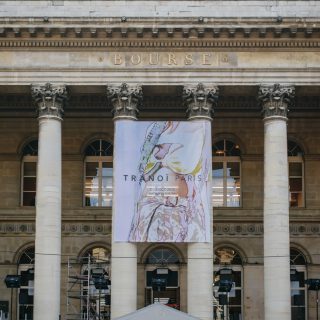

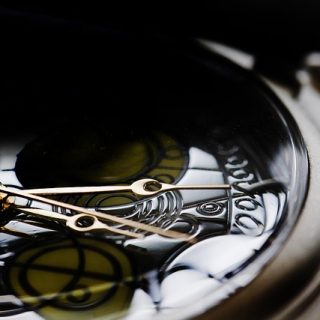














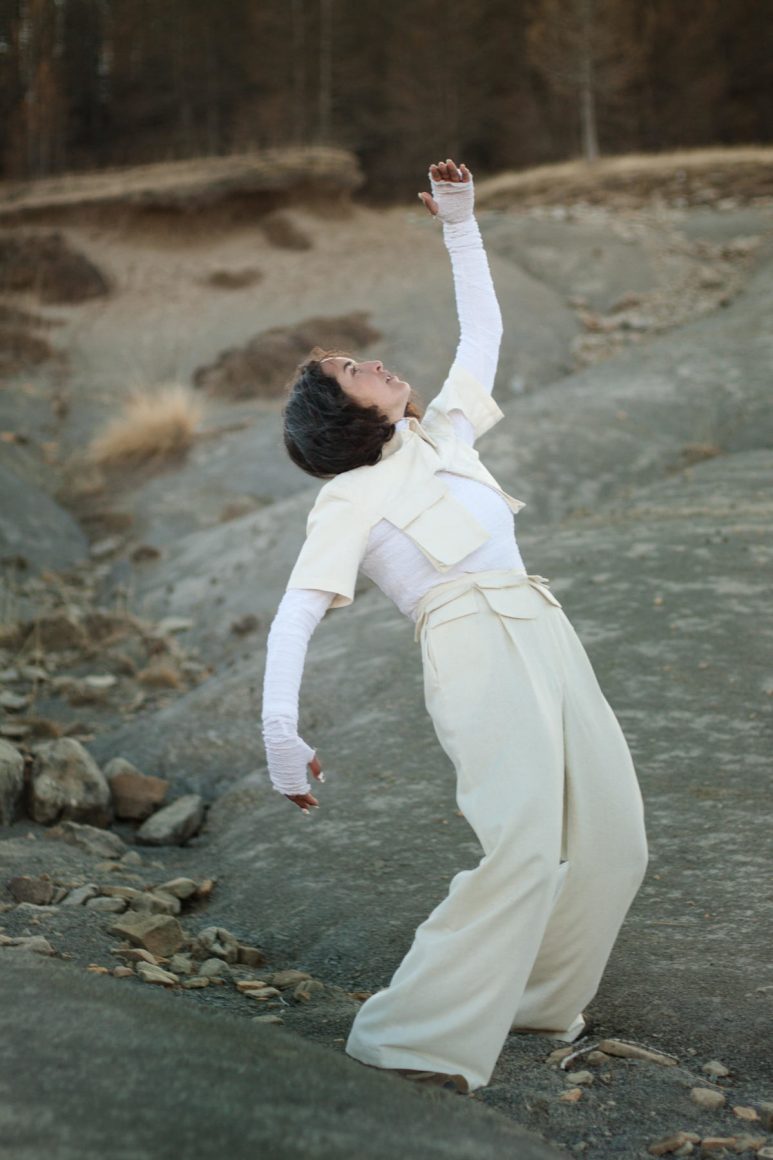

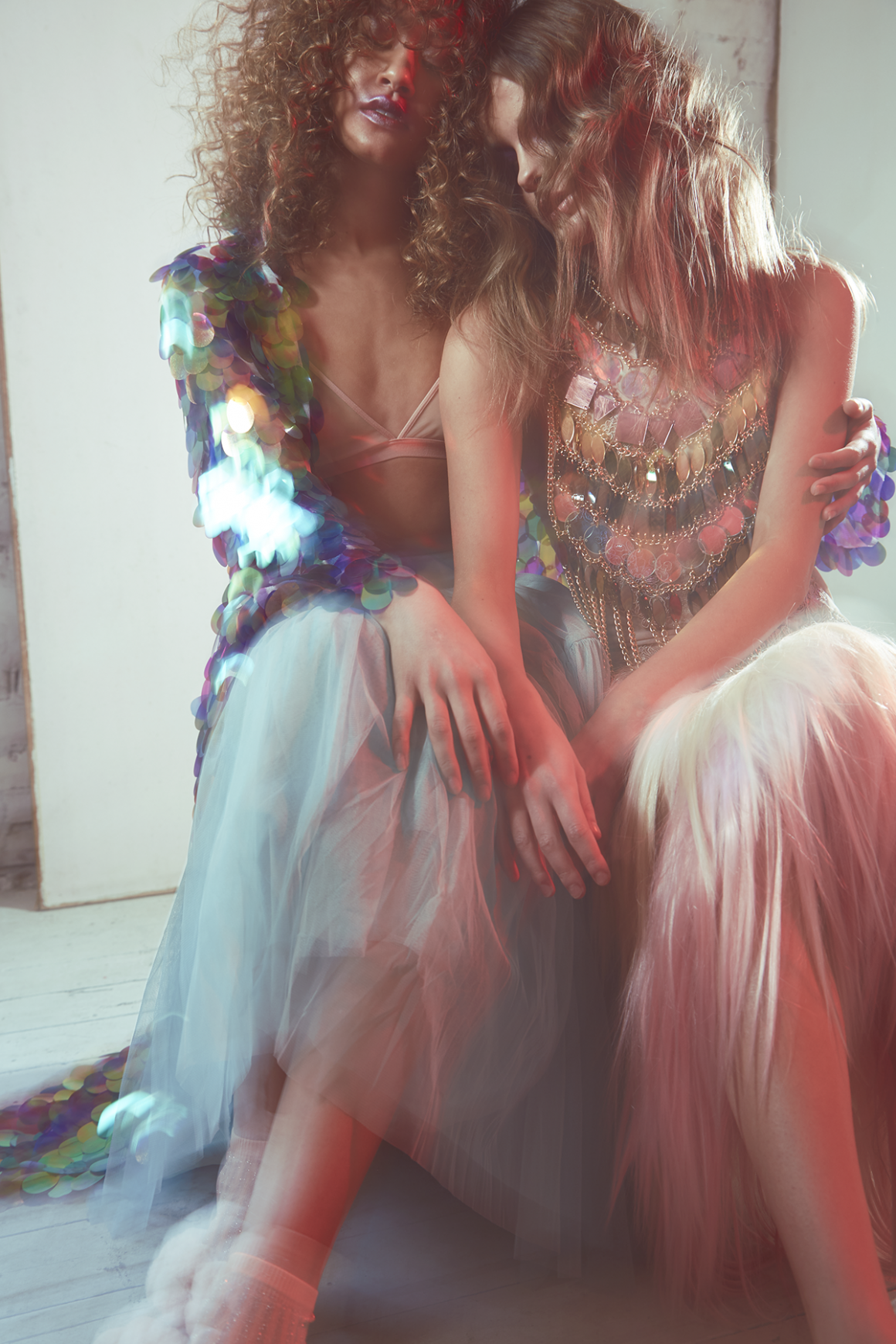

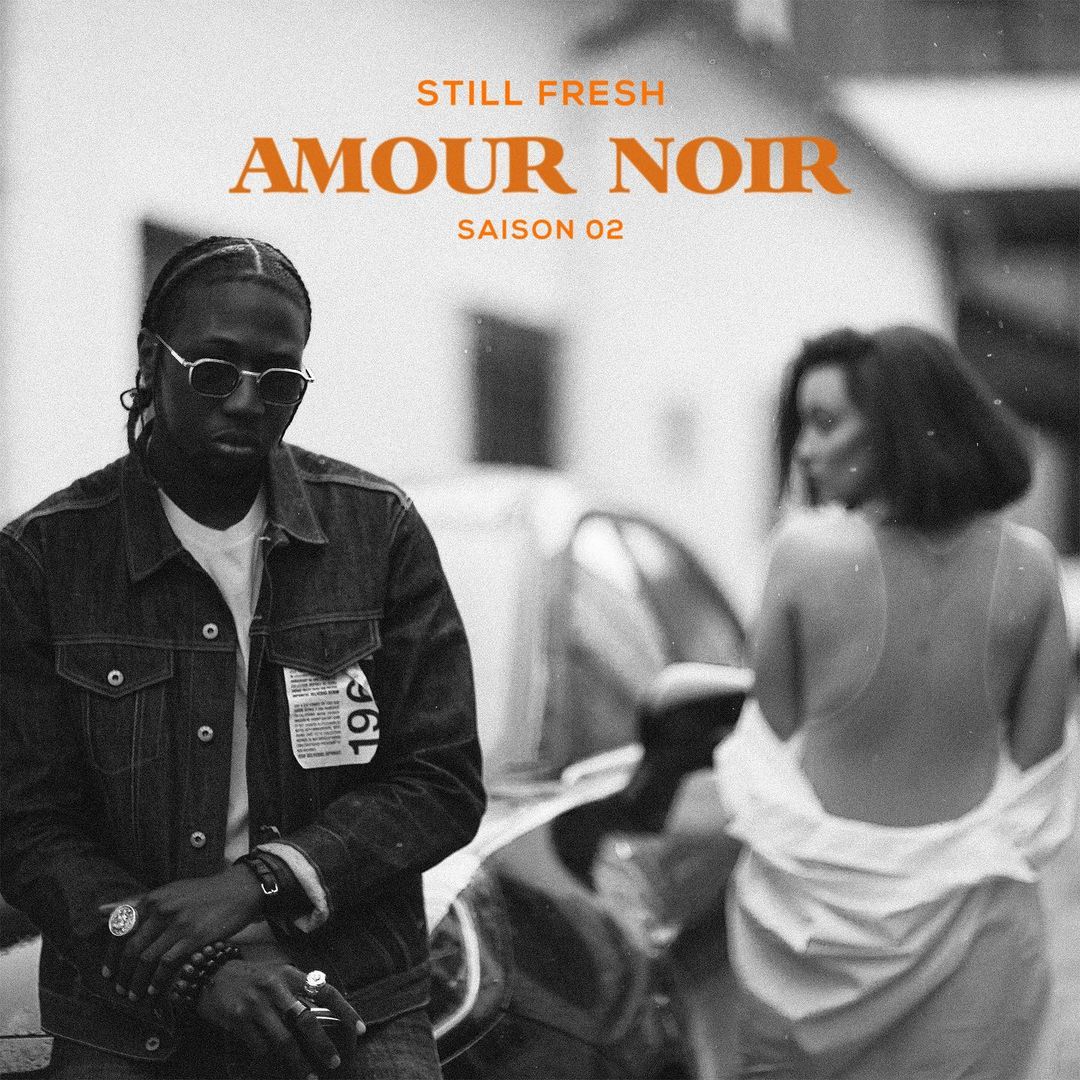
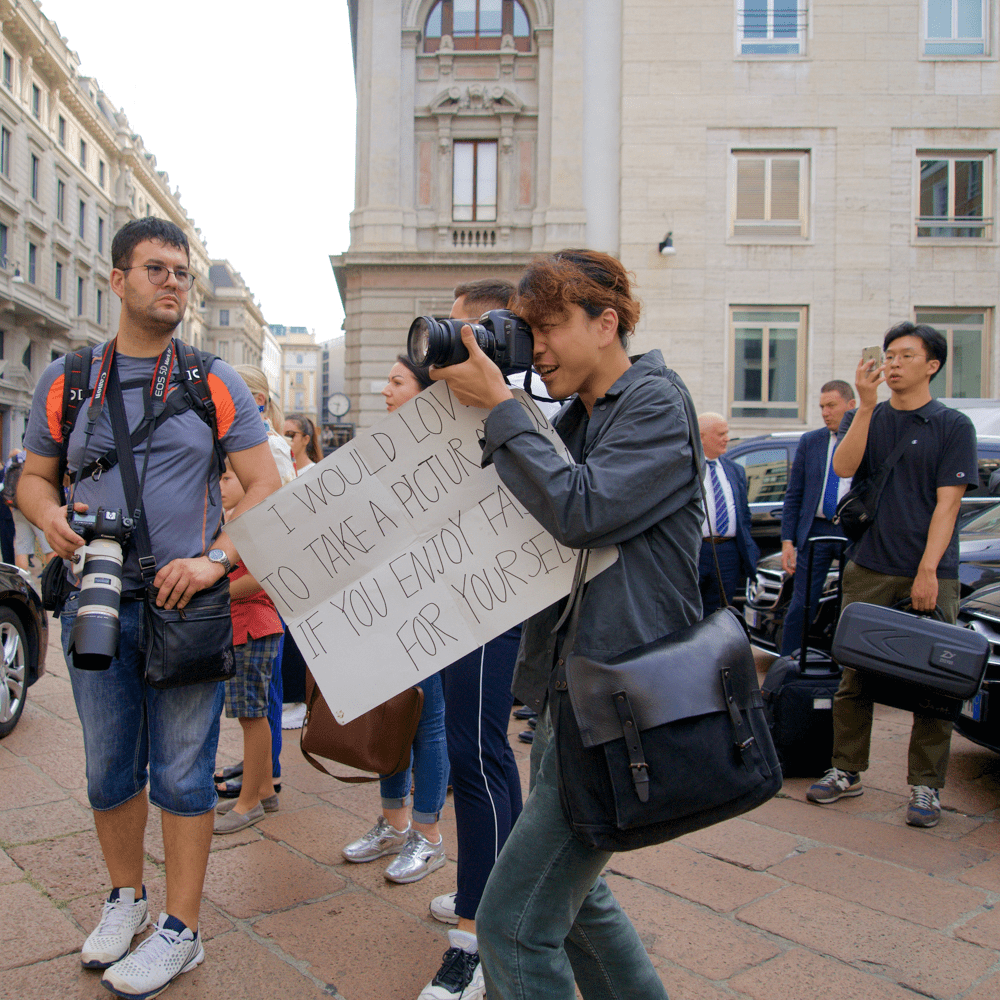



Follow us on Instagram